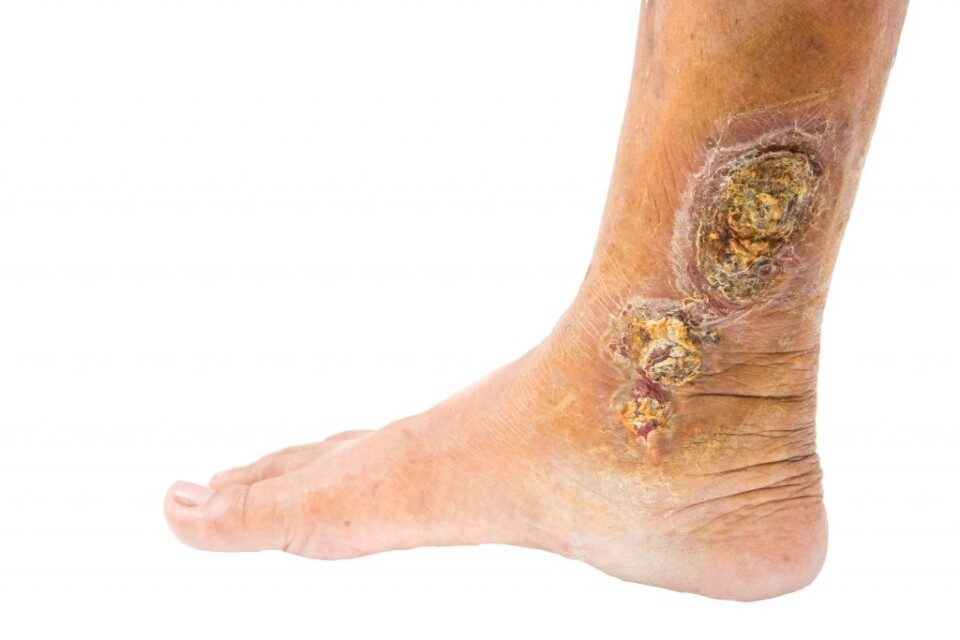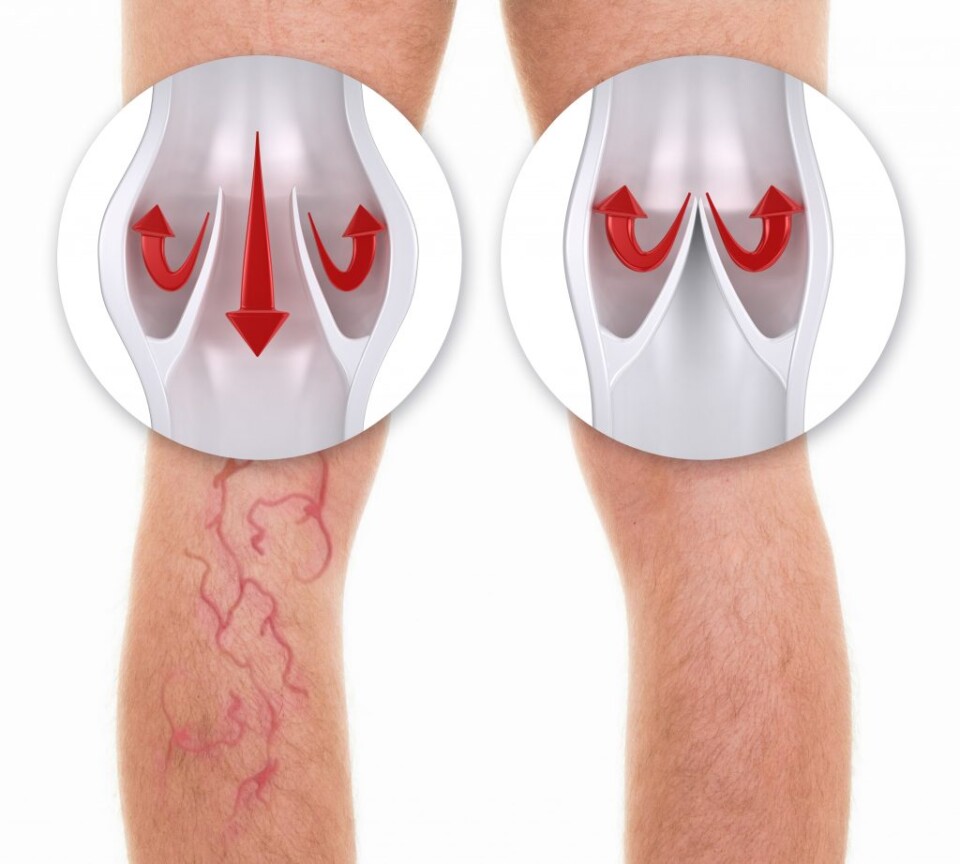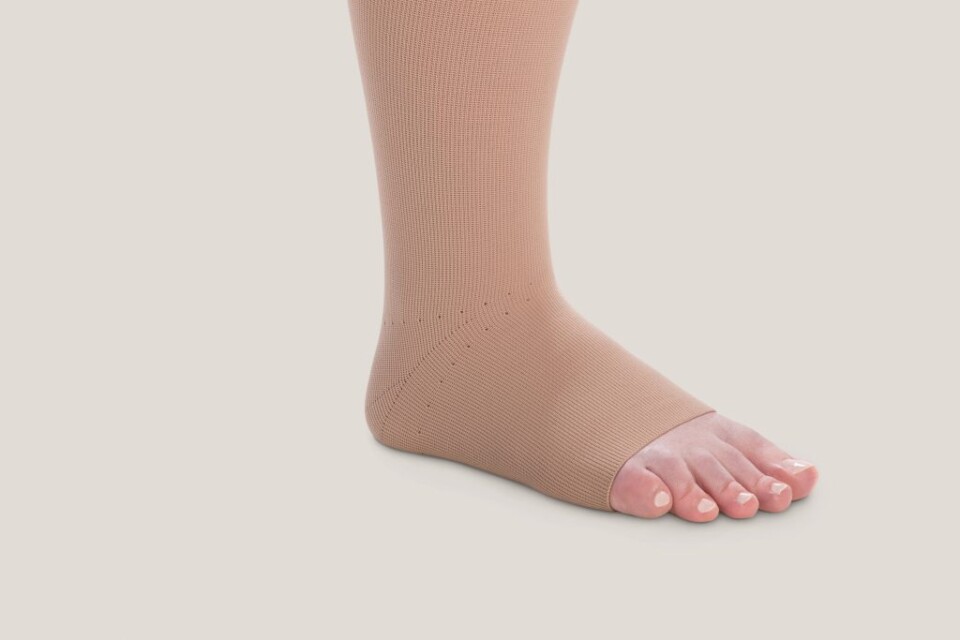Wound Care
Creating the Perfect Healing Environment and Addressing the Root Cause of Venous Ulcers
Gentle Cleansing
Care is taken to wash the entire lower leg with soap and water. The peri-wound and the wound itself are cleansed with saline solution. Where possible, the wound bed is not abrasively washed.
Protection of the Peri-Wound
The exudate from a wound can damage the intact skin surrounding the wound. The margins of the wound are covered with a zinc based barrier cream and the ideal absorptive wound dressing is chosen to manage the amount of fluid leaving the wound. The protection of the peri-wound is a factor in deciding how many days between dressing changes.
Debridement
Most wounds need to be debrided (have damaged tissue removed) when first starting compression therapy. At Restorative Therapies we use a form of debridement called ‘autolytic debridement’.

This is a virtually painless method of allowing the fluids in the wound to liquefy and soften any dead tissue. At each dressing change the non-viable tissue comes away with the dressing and so the wound becomes progressively more clean with only viable tissue remaining.
Cell-Friendly Anti-Microbial Ointments
Infection is a constant threat to any patient with chronic wounds. If infection is suspected, it might be necessary to visit the doctor for antibiotic therapy. Most of the time a topical antimicrobial can keep infection away while the wound heals. However, it is vitally important to avoid cytotoxic (cell destroying) (toxic to living cells) antimicrobial ointments. One of the most commonly used cytotoxic agents is Betadine. We avoid all cytotoxic agents and rather use creams with silver to manage infection.
Medicated Wet to Dry Bandages
Zinc paste impregnated bandages not only protect the wound itself but they create a non-elastic ‘sock’ from the toes to the knee.

This is the first layer of the compression wrap that addresses the root cause of the venous ulcer, namely the inability of the veins in the lower leg to effectively transport blood back up to the heart. By creating an inelastic shell externally that the calf muscle can push against, we compress the veins and assist and prevent blood from pooling in the lower leg.
Inelastic Compression Layers
Short stretch bandages are safe, comfortable and effective. Because they have very little elasticity, they do not exert large amounts pressure on the leg when the patient is at rest (low resting pressure).

This same inelastic property means they form a hard shell around the leg that allows the calf muscle to push against it and pump blood up the leg (high working pressure). Properly applied, they exert just enough pressure to compress the veins enough for the bi-cuspid valves to meet and prevent return blood flow. The bandage must start at the toes and end just below the knee. 2-3 layers of short stretch bandage are used.
3-7 Days between Dressing Changes
Each time a wound dressing is changed, 5 hours of cell mitosis (new cell formation) is lost. If a wound is cleaned daily, this amounts to 35 hours of lost healing a week, every second day and 17 hours of healing are lost. Choosing the correct absorber for the exudate leaving the wound is crucial to keeping the wound moist (not too wet and not too dry). A dry wound cannot heal and a wet wound breaks down the healthy skin. At the start of compression therapy a patient might need a super high absorber but as the wound heals, the exudate becomes less and less and the therapist might in the end need to add moisture to the wound to ensure that healing continues.
Compression After Healing
The days and weeks after the wound has closed are a difficult time for patients. They have to transition into the maintenance phase and wearing of compression stockings.

It is common for patients to relapse once or twice until they realise how vital it is for them to wear the compression at all times except when sleeping. Venous insufficiency is a chronic and progressive condition and it can be difficult for patients to accept that they need to wear compression for life in order to maintain the health of their legs. For some patients with advanced disease, relapse can be frequent and they will need to visit the clinic periodically for compression therapy bandaging.